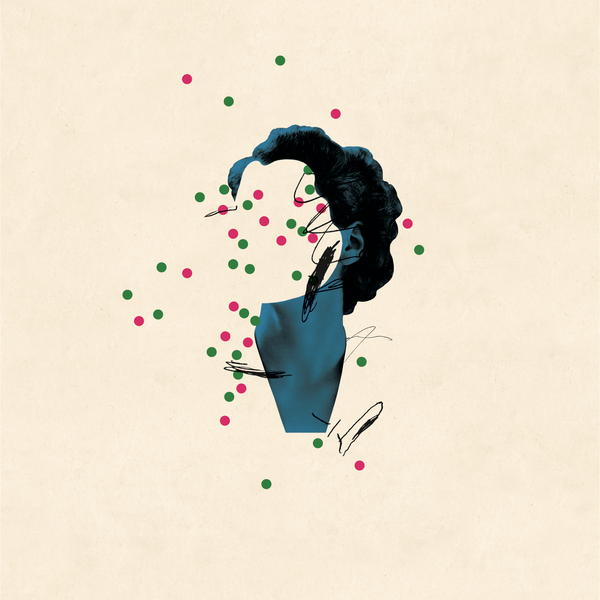Building Blocks of Dermatopathology
BAD DermpathPRO Learning Hub: Diagnostic Clues
Case Number : CT0116 Adam_Bates
Please read the clinical history and view the images by clicking on them before you proffer your diagnosis.
Submitted Date :
M50. Cystic lesion left corner of the mouth. Nine years previously had lesions o the left and right chin that looked similar and reported as resolving abscesses.














User Feedback